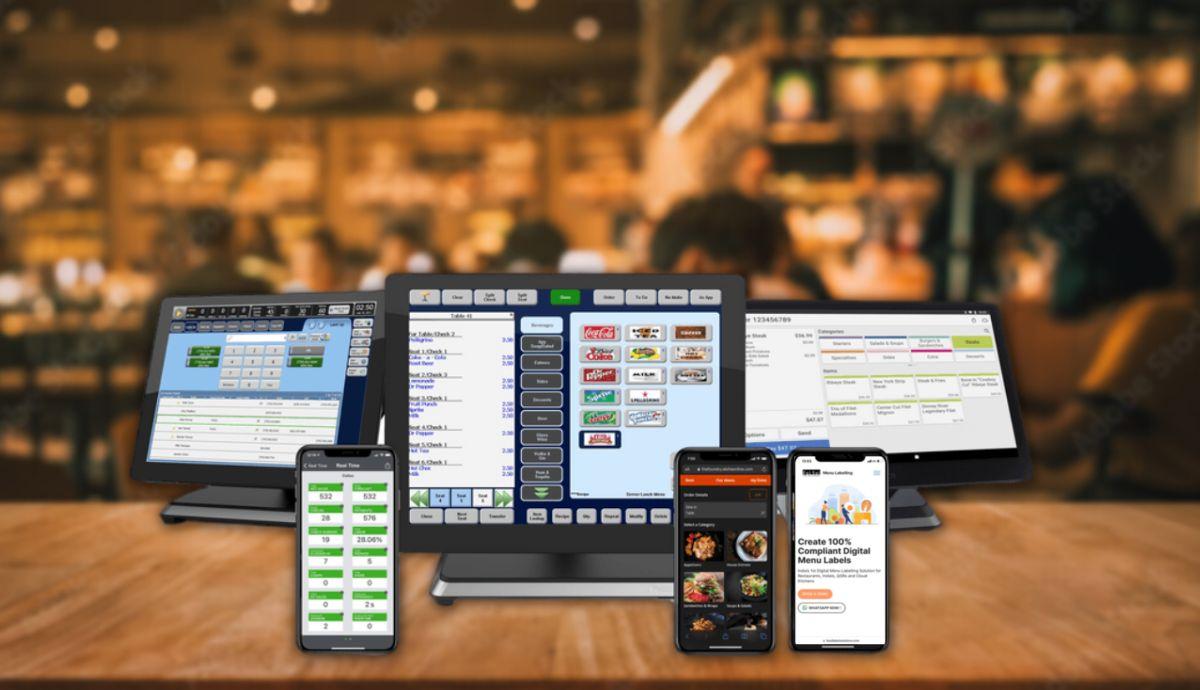The restaurant management software market is a hotbed of growth, but this expansion is not being distributed evenly across the competitive landscape. A focused analysis of the Restaurant Management Software Market Growth Share by Company reveals a clear and powerful trend: all-in-one, cloud-native platforms with integrated payment processing are capturing a dramatically outsized share of new customer acquisition and revenue growth. This shift is a direct result of restaurants demanding more unified, data-driven, and efficient solutions to manage their increasingly complex operations, which now often include a mix of dine-in, takeout, and third-party delivery channels. The overall market is on a steady upward trajectory as digitalization becomes a baseline requirement for the industry. The Restaurant Management Software Market size is projected to grow USD 49.74 Billion by 2035, exhibiting a CAGR of 7.61% during the forecast period 2025-2035. Understanding how this growth is being allocated is critical, as it highlights the decline of legacy, on-premise systems and the ascendancy of vertically integrated SaaS models that combine software, hardware, and financial technology into a single, cohesive offering. The companies that have mastered this integrated model are the ones defining the future of restaurant technology.
The lion's share of market growth is being captured by companies like Toast and Lightspeed. Their success is built on a fundamental strategic insight: for a small or medium-sized restaurant, the most valuable proposition is simplicity and integration. Instead of having to buy a POS system from one vendor, a payment processor from another, an online ordering system from a third, and an inventory management tool from a fourth, these platforms offer everything in one package. Their growth is fueled by their ability to provide a seamless, out-of-the-box solution that works from day one. A major component of their growth-share capture is their integrated payment processing model. By acting as the payment processor, they create a highly sticky, recurring revenue stream that is directly tied to their customers' success. This fintech-led approach not only provides a lucrative revenue source but also gives them access to a wealth of transactional data, which they can then use to offer other financial services like small business loans (e.g., Toast Capital), further deepening their relationship with the restaurant and increasing customer lifetime value. This vertically integrated strategy has allowed them to rapidly gain share from traditional POS resellers and independent payment processors.
In contrast, the growth share of legacy providers like Oracle MICROS and NCR is more complex. While they are losing ground in the SMB segment to the agile, cloud-native players, they are still capturing growth within their core enterprise customer base of large, multi-location chains and hospitality groups. Their growth strategy is defensive and focused on retention and modernization. They are actively working to migrate their massive installed base from older on-premise systems to their newer cloud-based offerings, thereby protecting their recurring revenue and preventing churn to competitors. Their growth is thus more about converting existing customers to new platforms than it is about winning large numbers of net-new customers. Meanwhile, best-of-breed point solutions, like specialized reservation or inventory management tools, are capturing growth by "piggybacking" on the success of the major platforms. They are not trying to be the central operating system but are instead focusing on building deep integrations with the leading POS platforms. Their growth is tied to their ability to become a preferred app within the ecosystems of Toast, Lightspeed, and others, capturing a share of the software budget from restaurants that need a specific feature that is more advanced than the platform's native offering.
Top Trending Reports -
UK Enterprise File Synchronization Sharing Market



